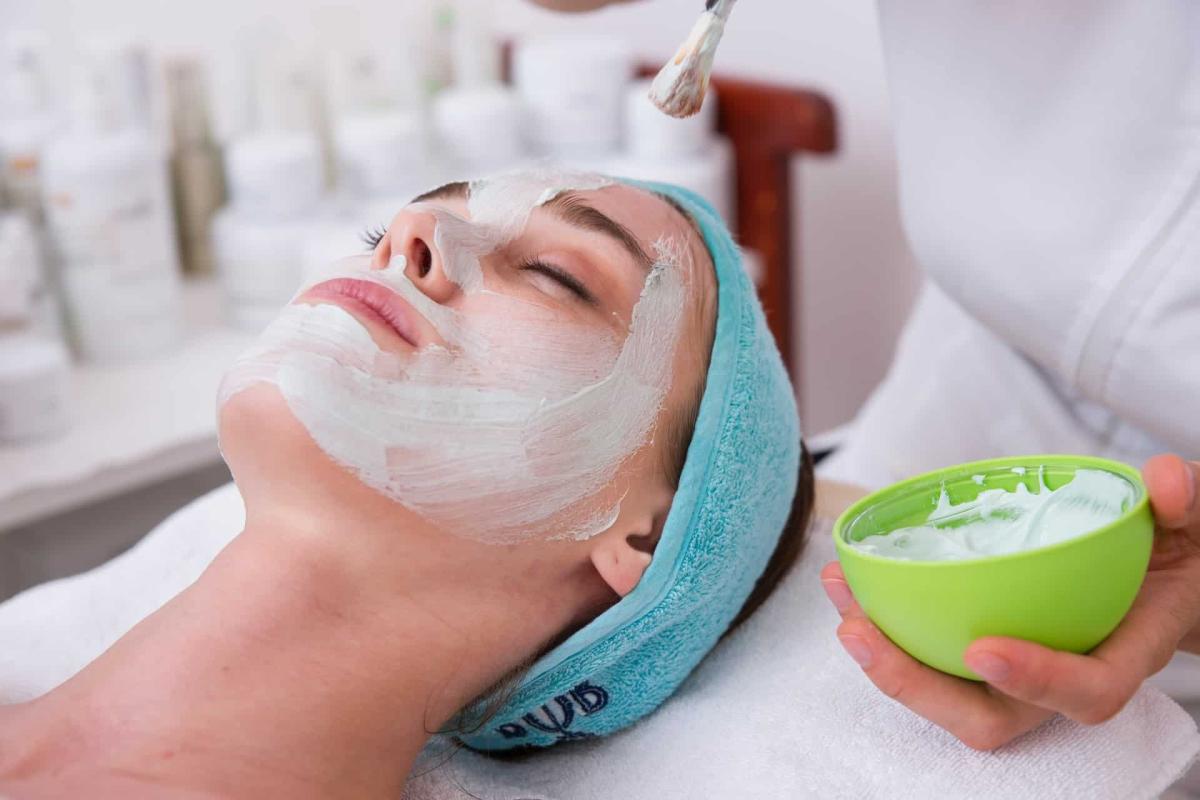Americans spend over $1100 million yearly on non-surgical skin-tightening treatment options to fight the signs of aging. Aging causes skin laxity, which affects the face, neck, and body. But as skincare science improves, unsightly, loose, wilty skin doesn’t have to be your reality.
We’ll explain what causes skin laxity and offer non-surgical treatment options to reduce the appearance. By incorporating healthy lifestyle changes and using effective skincare products, you can improve your skin’s health and reduce the signs of aging.

What is Skin Laxity?
Skin laxity is the loose, crepe-like skin on the body and face that develops as an individual ages. As you age, your body's ability to build and replenish collagen and elastin becomes increasingly difficult.
Several internal body and environmental factors affect your skin’s elasticity. But even living a healthy lifestyle cannot prevent skin laxity. Unfortunately, it’s just part of the aging process.
Early Signs of Skin Laxity
If you are beginning to develop skin laxity, you’ll notice it first in your lower face:
- Sagging jowls
- Loss of jawline definition
- Eyelids
- Throat
If you just had a baby or experienced rapid weight loss, you may have skin laxity on other body parts like your stomach, legs, arms, and neck. In this situation, your body needs time to replenish collagen and elastin levels to reduce the crepe-like skin.
Related Link: What Causes Crepey Skin? (How to Get Rid of It)
Why are Collagen and Elastin Essential to Skin Elasticity?
Collagen and elastin are critical proteins in the body that affect the skin. Collagen is a structural protein that enables the skin to rebuild and replenish skin cells and strengthen connective tissues. Elastin provides tightness to elastic fibers in the connective tissue.
As you age, your bodies produce less collagen and elastin, making your skin thinner and more fragile. After the age of twenty, your body produces 1% less collagen per year.
Why Do We Lose Collagen and Elastin as We Age?
Everyday environmental factors expose the skin to high levels of free radicals that destroy collagen. And as your body ages, your body’s ability to fight these free radicals diminishes, further compounding the problem.
Related Link: TCA Peel: A Complete Guide to Benefits & Uses
Environmental Factors That Cause Skin Laxity
The most significant environmental factors that contribute to skin laxity:
- Sun exposure
- Toxins
- Pollutants
- Poor lifestyle choices
- Lack of exercise
- Stress
- Smoking, Alcohol, and Drugs
Some of these environmental factors are unavoidable. But healthy habits and a skincare routine can prevent or reduce the damage caused to the skin by limiting the effects of the free radicals.
Internal Factors that Cause Skin Laxity
Your ability to stave off skin laxity also depends on your body’s defenses. These internal factors have the biggest influence on your skin’s susceptibility to skin laxity:
- Genetics: Your family history of skin laxity will influence how your ability to produce collagen and elastin.
- Diminished sweat and oil glands: As your sebaceous glands diminish with age, your skin will struggle to hydrate naturally.
- Diet: Poor diet and lack of vitamins and antioxidants will reduce the ability to fight free radicals.
- Weight fluctuations: When your body carries fat for a long, it can cause skin laxity when the person loses weight.
- Pregnancy: After birth, the body is depleted, and the loose skin takes time to recover as your body replenishes.
Most of these factors you can’t control. But diet is one thing you can use to fight free radicals and replenish collagen. By eating a diet rich in vitamins E, C, and A and antioxidants, you can reduce the signs of aging skin.
Looking for a non-surgical peel that can reduce the signs of skin laxity? Shop our best-selling peels.
Related Link: 5 Best Anti-Aging Sunscreens for Your Face

Treatment Options to Improve Skin Laxity
For minor sagging from skin laxity, there are some things you can do at home to improve your skin’s appearance:
- Exercise: Weight lifting, resistance training, pilates, and facial exercises can all help tighten and strengthen your muscles and tighten the skin.
- Supplements: Studies have found oral supplements that contain collagen, and hyaluronic acid can improve skin laxity.
- Topical Treatments: Creams, ointments, and lotions can protect your skin from UV rays that damage your skin and can help rehydrate and replenish the skin barrier.
- Lifestyle Changes: Stopping harmful habits like smoking and practicing healthy habits like drinking lots of water and wearing sunscreen can improve your skin’s health.
Combining these treatment options can improve your skin’s health and appearance. If you are concerned about your skin, you should talk to a dermatologist to determine the best treatment options for you.
Can You Reverse Skin Laxity?
No, you cannot completely reverse skin laxity. But you can reduce the signs and restore your skin’s elasticity. To do this, you can adopt lifestyle changes, use supplements and topical treatments, exercise, or have surgical procedures to remove the signs of skin laxity.
Adopting Healthy Lifestyle Choices and Using Skincare Products Can Improve Your Skin’s Overall Health
While you can’t completely stop skin laxity as you age, you can improve the appearance of your skin and restore your skin’s health by adopting healthy lifestyle choices like exercise, diet, and reducing stress. You can also use supplements and topical products to fight free radicals and improve collagen and elastin in your skin.
Perfect Image offers a full skincare line that you can customize to your skin type and skin laxity issues. Our high-quality peels, cleansers, moisturizers, and facials can help reduce the signs of aging by hydrating, protecting, and restoring your skin.
Want a moisturizer that can fortify your skin from environmental factors and free radicals? Shop our most hydrating moisturizers that can improve your skin’s appearance.
Related Link: Knowing the Difference Between Fine Lines and Wrinkles

